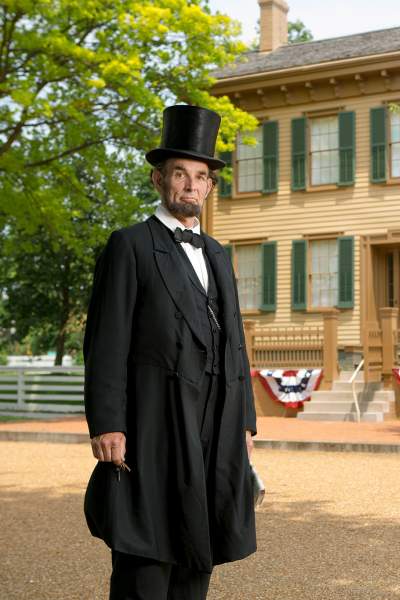Abraham Lincoln made Illinois his home in 1830 and spent most of his life here. Springfield, Lincoln, Bloomington and Pontiac are all cities steeped in history and fascinating stories of the life and career of our 16th President of the United States, Abraham Lincoln.

The Story of Lincoln in Illinois
Trace Abe's Footsteps
Follow in the steps of Abraham Lincoln as you explore the history of his fascinating life in New Salem, Vandalia, Springfield, Danville and Bloomington.

Lincoln Historic Sites
History Comes to Life
Illinois has more Lincoln historic sites than anywhere in the country. Explore the Abraham Lincoln National Heritage area and discover the fascinating history of one of the United States' most revered presidential figures.
Explore the Land of Lincoln
Explore More of Illinois' History





